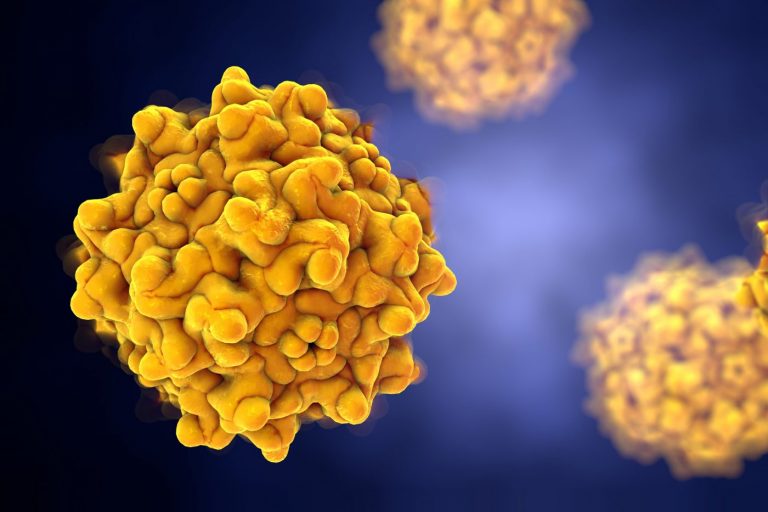
A collaboration between researchers at Harvard, Google Research, and U.S. biotech Dyno Therapeutics has successfully used AI technology to design adeno-associated viral (AAV) capsids for use in gene therapy that are better able to evade the immune system, an important goal for gene therapy developers.
Over the last few years, gene therapy has developed enormously with several FDA approved therapies now on the market such as the eye gene therapy Luxturna and CAR T cell therapy Kymriah.
Many gene therapies use some form of viral vector, such as an AAV or lentiviral vector, as a method of inserting the correct genetic information into a patient’s DNA. AAV vectors are widely used as the virus does not cause disease and is relatively straightforward to modify.
There are some disadvantages to using these vectors, however. They only have limited space available for gene insertion, which makes them unsuitable as carriers of large genes. Many people (50-70%) are also thought to have some pre-existing humoral immunity to these vectors, which can limit their effectiveness if they are quickly destroyed by the patient’s immune system.
Dyno Therapeutics was established in 2018 by a group of Harvard scientists and entrepreneurs including George Church, Ph.D., and Eric Kelsic, Ph.D. The company came out of stealth mode last year and is applying AI technology and machine learning to designing better and more effective vectors for gene therapy.
In a study led by Kelsic, CEO of Dyno, and published in the journal Nature Biotechnology, the team were able to use their AI technology to generate a vast array of modified AAV vectors that were functional, but more able to evade destruction by the human immune system.
“Our study clearly demonstrates the potential of machine learning to guide the design of diverse and functional sequence variants, far beyond what exists in nature,” said Kelsic.
“We continue to expand and apply the power of artificial intelligence to design vectors that can not only overcome the problem of pre-existing immunity but also address the need for more effective and selective tissue targeting.”
The research team chose a specific region of the AAV capsid involved in liaison with the host immune system and aimed to introduce as many mutations ‘in silico’ as possible including substitutions and insertions, which are less common in nature.
Around 200,000 possible variants were selected using AI and machine learning models, which were then experimentally generated and tested to assess their viability. Of the vectors generated, around 60% were estimated to be viable for use in creating gene therapies. This is significantly higher than the yield generated using random mutagenesis (less than 1%), which is a standard way of creating more diverse viral vectors.
“The more we change the AAV vector from how it looks naturally, the more likely we are to overcome the problem of pre-existing immunity,” added Sam Sinai, Ph.D., Dyno co-founder and machine learning team lead.
“Key to solving this problem, however, is also ensuring that capsid variants remain viable for packaging the DNA payload. With conventional methods, this diversification is time- and resource-intensive, and results in a very low yield of viable capsids. In contrast, our approach allows us to rapidly unlock the full potential diversity of AAV capsids to develop improved gene therapies for a much larger number of patients.”
Dyno Therapeutics is working with big gene therapy players such as Novartis, Sarepta Therapeutics, Roche and Spark Therapeutics to help supply a new generation of more effective and flexible AAV vectors.













